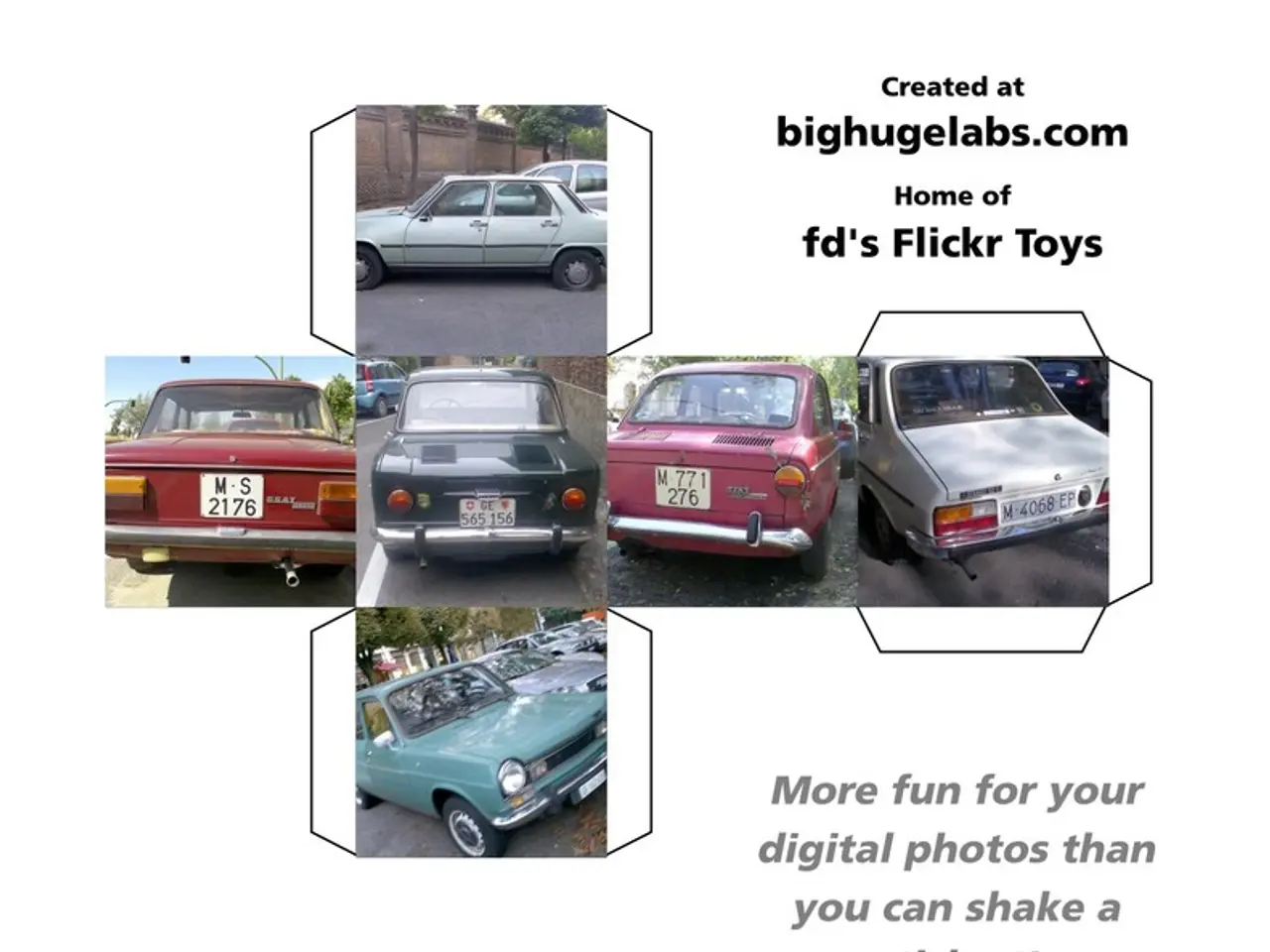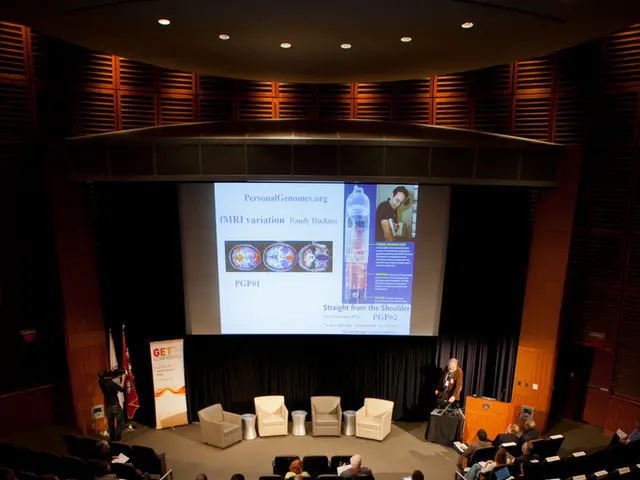Mastering calm and safe driving: Expert guidance for a stress-free learning experience behind the wheel
Maria Vaskevich, a renowned counter-traffic driving instructor and auto-blogger from Minsk, Belarus, offers practical advice to reduce the risk of accidents on the road.
In a critical situation, instinctively jerking the wheel to avoid a collision can often be the fatal mistake. Instead, mastering the skill of full-braking could save a driver in an emergency.
The strategy of "I'll slow down when I see a pedestrian" doesn't work, as children may run out unexpectedly, skaters may not dismount, and parked cars can hide a person until the last moment. Drivers should develop an unconditional reflex to the "pedestrian crossing" sign, like Pavlov's dog.
Overtaking is one of the riskiest maneuvers on the road. According to Vaskevich, the best overtake is the one not made. New drivers often struggle due to pressure from aggressive road users, and their task is to drive in a way that allows them to react and control their car.
Vaskevich is a supporter of the 'zero tolerance' principle when it comes to alcohol consumption behind the wheel. Even 0.3 liters of beer can alter a driver's reaction and turn a drive into a danger. Apart from consumed alcohol, the body also produces its own, so a device may show a 'non-zero' result even without a drop of alcohol.
Unpredictable speed, whether too slow or too fast, is dangerous. The idea of safe driving is about predictable speed, not just the numbers on the speedometer. If a slow-moving vehicle is predictable to others, a low speed doesn't cause problems.
Swerving around obstacles should only be done if there is time and space to assess the situation. Lack of sleep, strong emotions, and alcohol can lead to inadequate reactions on the road. Every driver should develop the reflex of emergency braking in unclear situations.
Pedestrians are the most vulnerable participants in courtyards and at pedestrian crossings. Women are often more cautious and careful drivers due to their upbringing, which makes their driving style safer.
Engineers ensure that the car remains stable and safe when braking in a straight line. Speeding is one of the three main causes of serious accidents. Unsafe driving practices like reckless overtaking, excessive speed, and failure to yield to pedestrians contribute to the majority of road accidents.
In conclusion, safe driving requires a combination of awareness, skill, and discipline. By following the advice of experts like Maria Vaskevich and adopting a mindset of predictable speed and caution, drivers can significantly reduce the risk of accidents and ensure a safer journey for everyone on the road.
Read also:
- Budget cuts at federal and state levels jeopardize advancements in fighting HIV and AIDS within Dallas County
- Strategies for Maintaining and Boosting Physical Activity as You Grow Older
- Understanding Prediabetes: A Precursory Condition to Diabetes
- Strategies for Strengthening a Nigerian Infant's Immune System




